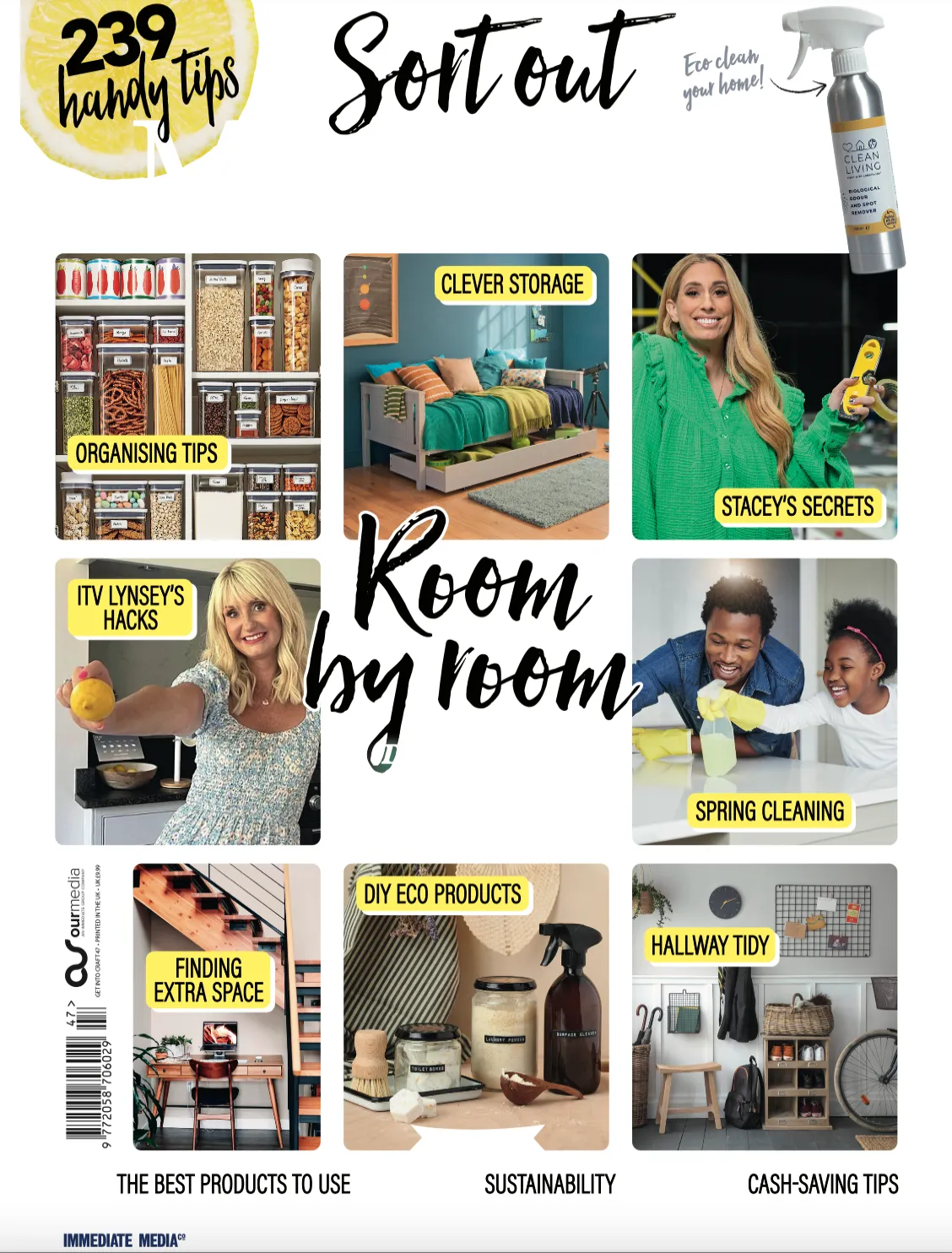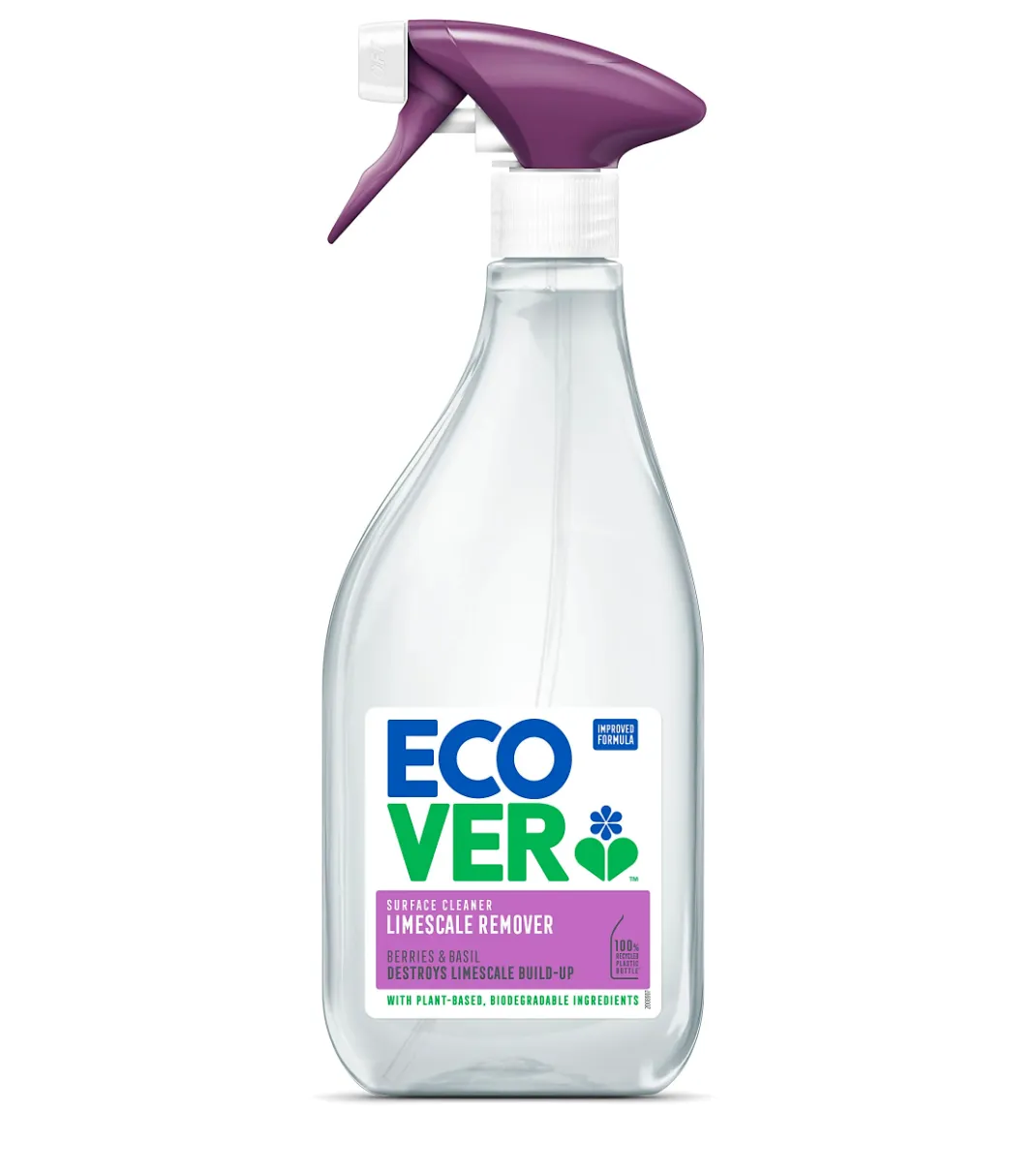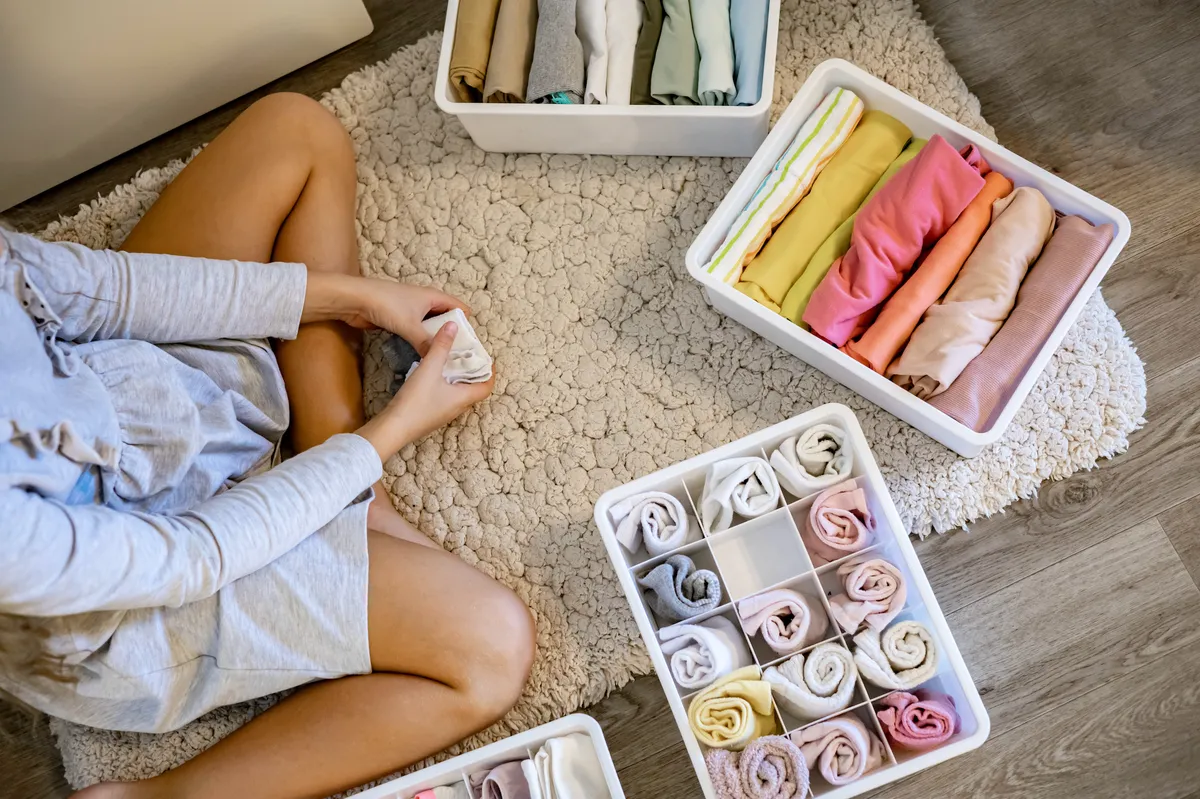Chalky and unsightly, limescale is something most homeowners will encounter at some point in their lifetime.
While limescale isn't a harmful substance, it can quickly build around your taps, shower head or in your kettle, and if left for too long, it can start to cause problems with the functioning of everyday items.
The good news is that with the right know-how, limescale can be removed from your home relatively easily - all you need is the right products and a little bit of elbow grease.
We caught up with This Morning's resident cleaning expert, Lynsey Crombie, to find out how to remove limescale from kettles, taps and toilets once and for all.
Below, she shares her knowledge and top tips - keep reading to discover everything you need to know!
Sort Out Your Home bookazine
The team behind Your Home and HomeStyle brings you this guide to making your home look and feel amazing. Full of tips, hacks and inspiration, it takes you through each room of the house to declutter, organise, clean and make the most of your space.
With advice from professional cleaners, organisers and interiors experts, including Stacey Solomon and the Queen of Clean, Lynsey Crombie, it's a must-have to refresh your home at any time of year. On sale now!

What is limescale?
Limescale is a hard, chalky deposit, consisting mainly of calcium carbonate. It is usually found in bathrooms, particularly around shower screens and taps, but it also builds up inside kettles, coffee machines, washing machines, boilers, and pipework.
Limescale is common in most households, and can sometimes show up with a light red or pink colour. If you live in a hard water area, limescale can be very unsightly and hard to remove.
How to clean limescale from taps
There are a few really good ways to remove limescale from taps, and it's worth trying a few different methods to see which is most effective in your home.
- The first method is to generously soak a piece of kitchen towel in white vinegar before wrapping it around the affected area on the tap. Leave it for 15 minutes, remove and rinse.
- Alternatively, you can cut a lemon in half and pop that on the end of your tap, before removing and rinsing.
- If these methods don't work, try chipping away at the limescale build-up with a two pence piece to loosen up the most stubborn areas first.
How to clean limescale from toilets
In toilets, limescale can often appear brown and look particularly unsightly. If ordinary bleach isn't working, don't fret - there is a way to get rid of it.
The best solution is to remove some of the water from the bowl and then add in a small box of citric acid.
Leave this overnight and then flush the toilet in the morning. Bleach will only mask limescale for a few days, but this method will break it down to totally remove it - it'll be completely gone.
How to clean limescale from kettle
To clean limescale from your kettle, half-fill it with water and add in a capful of white vinegar.
Leave the water and vinegar mixture to sit for 15 minutes, then boil the kettle with it.
When the kettle has boiled, pour the mixture away, and do a plain water boil to rinse away any particles. This will leave your kettle sparkling and limescale free.
The best products to clean limescale
To clean limescale naturally, the best things you can find are white vinegar, citric acid, and lemon juice.
If you want a shop-bought product, try Ecover Limescale Remover.

You might also like...

